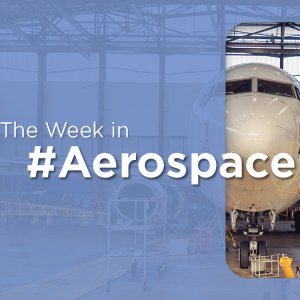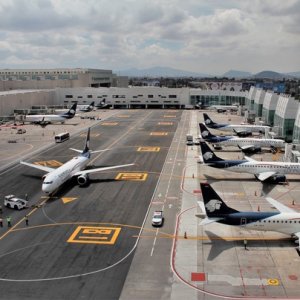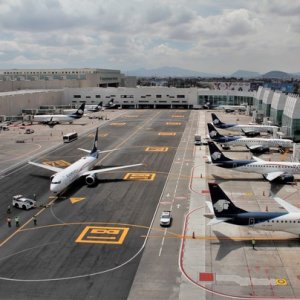The Big Race

STORY INLINE POST
The global aeronautical industry finds itself in a moment of profound transformation, one so radical that it could make the big giants of the sector disappear, or at the very least, make them lose relevance in the market if they do not rise to meet the circumstances of the 21st century. At this very juncture, it becomes mandatory for the leading companies in the sector to invest at a forced march in leading technological change. This is a scenario shared by large OEMs as well as by aircraft engine manufacturing companies, such as General Electric, SAFRAN, Rolls-Royce, and of course, along with these, the industry’´s entire supply chain.
One of the principal challenges of technological transformation is the transition toward a propulsion model that will allow the sector to achieve the goal of zero emissions, since, in addition to the declared conviction of industry leaders, it is foreseeable that in the medium term this will become a mandatory standard for national and international aviation, making it one of the most important challenges for companies within the sector globally. For this reason, those who are unable to resolve the technological transformation in due time could be left out of large markets, especially in commercial aviation. It is this fast-paced race to achieve emissions reductions that I call “The Big Race.”
Some of the industry’s main players have set dates as ambitious as the year 2050 to achieve the goal of zero emissions, along with highly structured programs that have been launched by companies to achieve these goals, such as ZEROe from Airbus, NetZero from GE, or the European Union’s CLEAN AVIATION program, in addition to others like the HEAVEN, HE-ART and CAVENDISH programs from Rolls-Royce or even the RISE program from GE and SAFRAN.
The principal commitments that the industry has outlined to reach the established goals are the use of Sustainable Aviation Fuels (SAF), aviation electrification and the transition toward hydrogen-based propulsion. All of these alternatives have advanced considerably in their basic and applied science research, where there are even functional prototypes; however, there are still a vast number of unknowns that need to be solved.
SAFs have the enormous challenge of solving the use of land and water resources for their primary production, and the possible impact on the production prices of certain foodstuffs, since their production should definitely not be a threat to food security; hence, SAF production models and the compensatory measures that could arise due to the generation of these fuels must be clearly established.
In addition to the above, it is important to improve the infrastructure for production, supply and storage at points of consumption. Given all this, we can say that the main challenges for SAF will not be so much in propulsion technology but in ensuring that the logistics of supply and storage as well as the infrastructure that is required for its production are equally sustainable.
Another important consideration is that SAFs are not emission-free fuels, so the transition to a net-zero emissions model will require compensatory measures and a regulation and supervision model. Considering the above, there is still a long way to go.
Regarding the challenges of hydrogen, the unknowns are even greater. Although there are functional prototypes at the moment, its economic viability for commercial aviation is not yet clear as a function of the volume and weight of the fuel. Additionally, it is also unclear how a hydrogen propulsion system will coexist with the rest of the aircraft components.
On the same note, there are other uncertainties with the "green" hydrogen model. One of these challenges is in regard to the ability to certify its entire production chain, so that it is truly sustainable, avoiding the use of "gray" hydrogen, whose production with natural gas, coal or methane is usually highly polluting.
Another important challenge is the design, implementation and certification of all the service infrastructure that will be required for hydrogen’s distribution and storage at consumption sites, such as specialized cargo ships that do not exist today, pipelines, adaptations to airport systems and airfields. These processes could delay the entry of large-scale hydrogen into the market for decades.
"The Big Race" to achieve zero emissions will decide who will be the leaders in our aeronautical industry. The decisions made by large companies will project them into the future or condemn them to the fate suffered by other giants, such as KODAK or Blockbuster, that did not know how to adapt to new technological environments in due time.
If in Mexico we want to be protagonists in 21st century aeronautics, our educational institutions and industries must be able to partake in this Big Race and find opportunities within it, allowing us to be among the leading players of this century’s aeronautical industry.








 By Enrique Sosa | President / Rector -
Mon, 01/30/2023 - 10:00
By Enrique Sosa | President / Rector -
Mon, 01/30/2023 - 10:00















